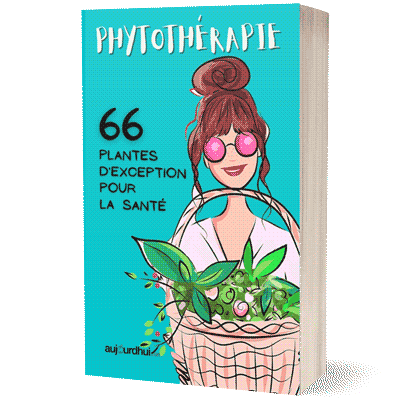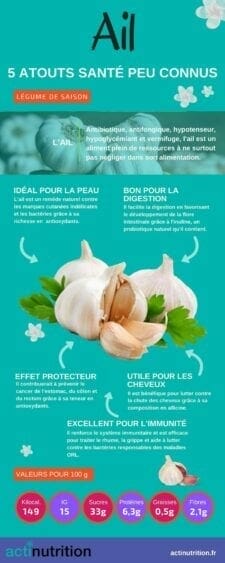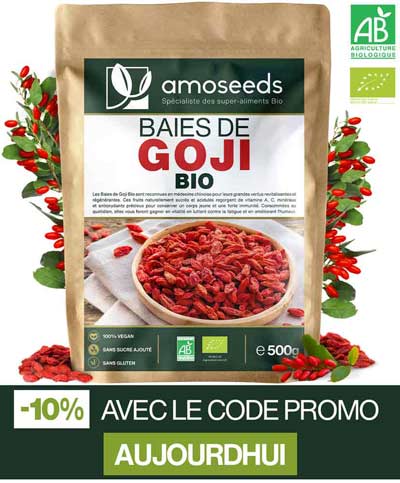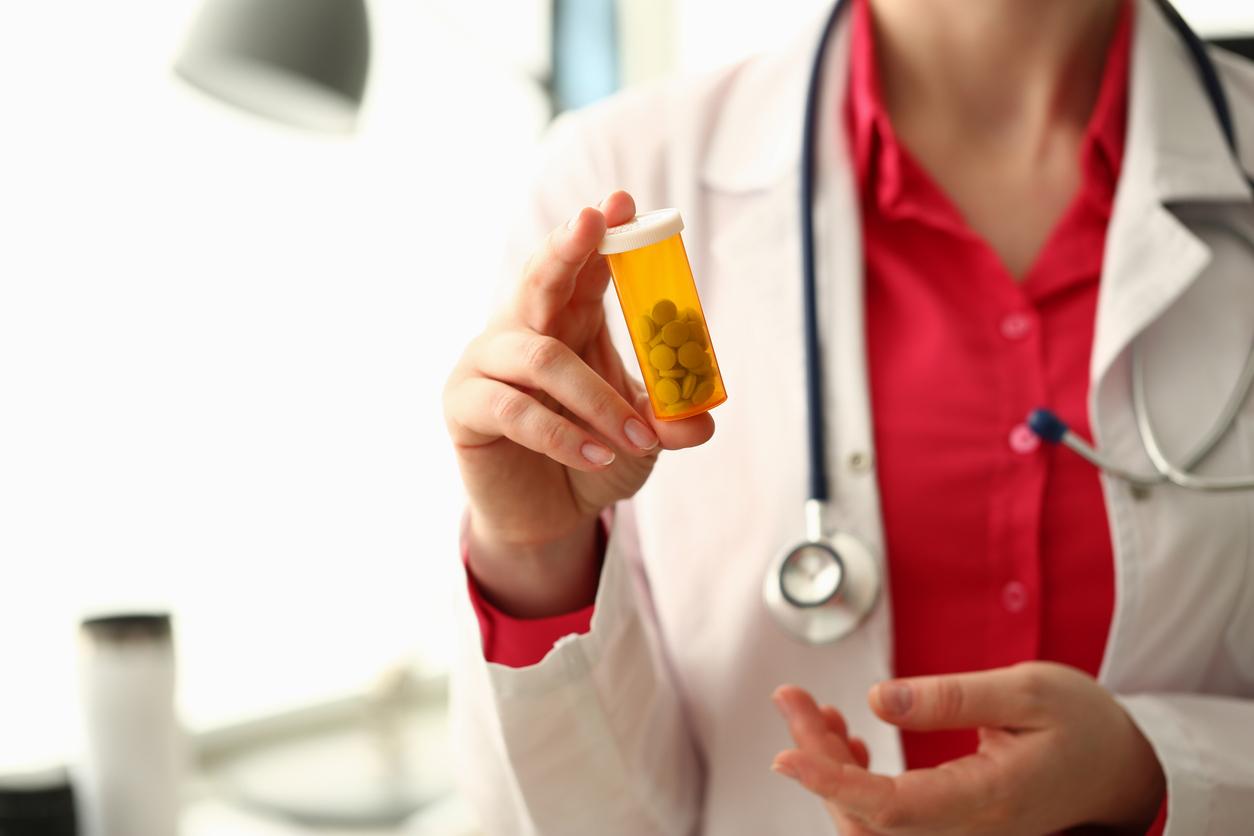Where does horse chestnut come from?
Here is a tree we know well: horse chestnut (Aesculus hippocastanum L.) frequently borders our avenues and is a familiar figure in our landscapes. It originates not from India, but from northern Greece and the Ottoman Empire, and was introduced to Europe in the 16th century. From 1670, acclimated to the French climate, the horse chestnut was already used as an ornamental tree in the streets of Paris.
its seed, horse chestnut, is not edible and should not be confused with chestnut, chestnut fruit. It can even turn out to be toxic, hence the importance of carefully monitoring its intake, because horse chestnut also has beneficial properties that have been known for a long time.
What are the properties of horse chestnut?
Horse chestnut contains two active substances:escine and theaesculin. If the first is particularly sought after for its properties, the second is a powerful and toxic anticoagulant which must be avoided.
Escin has a long history of use in the treatment of venous problems and its effectiveness is backed by extensive research. The horse chestnut tree is even recognized by international bodies such as the WHO (World Health Organization) as a natural remedy with effective venotonic action.
In which cases to take horse chestnut?
- Horse chestnut is traditionally used for treat symptoms of venous insufficiency : heavy legs, edema, spider veins, ulcers…
- It is also used to fight against hemorrhoids. An efficiency linked to escin which maintains a good tone of the venous walls!
- Decongesting tissues, horse chestnut is also used in the composition of cosmetics intended for reduce dark circles.
How to use horse chestnut?
Be careful, only use strictly controlled supplements and products, and never self-medication (picking and “homemade” preparations). Horse chestnut is available in several forms:
- In infusion or decoction for its venotonic action: 50 g of crushed chestnuts for 1 liter of water or a teaspoon of dry plant for 1 cup. Leave to infuse for 10 minutes.
- In excerpt or in intract : 50 drops in a glass of water, up to 3 times a day.
- In capsule : 2 or 3 per day.
- In glycerine macerate: 5 days out of 7 against heavy legs, varicose veins and hemorrhoids (ask for advice for the number of drops which varies according to the laboratories).
We also find the horse chestnut in external use in the form of cream, gel, lotion, etc.
What are the contraindications of horse chestnut?
Pregnant or breastfeeding women, people suffering from heart failure, kidney failure or under anti-coagulant treatment: taking horse chestnut is not recommended.
Undesirable side effects may appear during a cure of horse chestnut: inflammation and manifestations of venous problems, nausea, stomach pain… Stop treatment immediately and consult your doctor.
Finally, in any case, consult a doctor, pharmacist or herbalist to choose the treatment that is right for you.
Read also: Cranberry (Cranberry): health benefits, urinary tract infections, why take it?Lavender: benefits, uses, all you need to knowMauve: origins, health benefits, how to use it?Aloe Vera: skin care, health benefits, how to use it?














